Author: Antony Ingram
Images: Manufacturers
The buzz around the sixth generation Honda Prelude unveiled in late 2024 demonstrates that enthusiasts are hurting for a proper coupé. Maybe we’ve only begun to appreciate them now they’re gone, but it’s easy to forget that the market was once awash with sleek two-doors, as widely appreciated by those who simply wanted to cruise in style as those who would ditch the interior fixings, fit a loud exhaust, and terrorize wildlife on their local B-roads.
We’ve looked at the lower end of the market before, with the CRXs, Tigras and Pumas that served as the entry point to each manufacturer’s sports car range. This time we’re looking at the next step up, where 2.0-litre engines (and more) were the norm, where tech like four-wheel steering and four-wheel drive began to creep in, and where you could feasibly fit a few more passengers in the back seats.
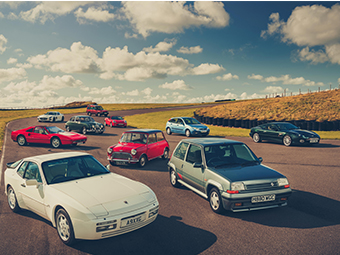
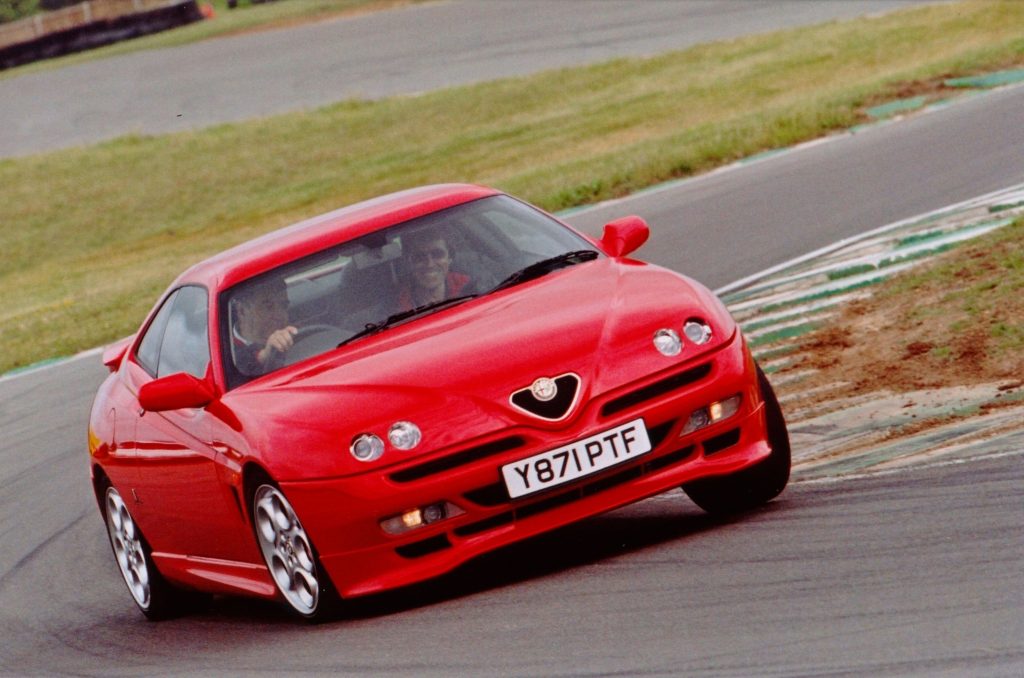
Alfa Romeo GTV
What is it? One of the most distinctive cars to come from Europe during the 1990s, and one of a Pininfarina trio on this list; the GTV’s exterior was styled there, just as the 406 Coupé was styled and built there, and the Fiat Coupé’s interior was designed there too.
Why was it great? The GTV had it all, and was a regular group test winner during the decade. It looked like nothing else, had a range of engines (in the UK, a 2-litre Twin Spark four, and a 3-litre and later 3.2-litre Busso V6) that majored on sharp responses and aural appeal, and a keen chassis too – at launch, if not by the time it disappeared in the 2000s, it was one of the best-handling front-drivers on the roads.
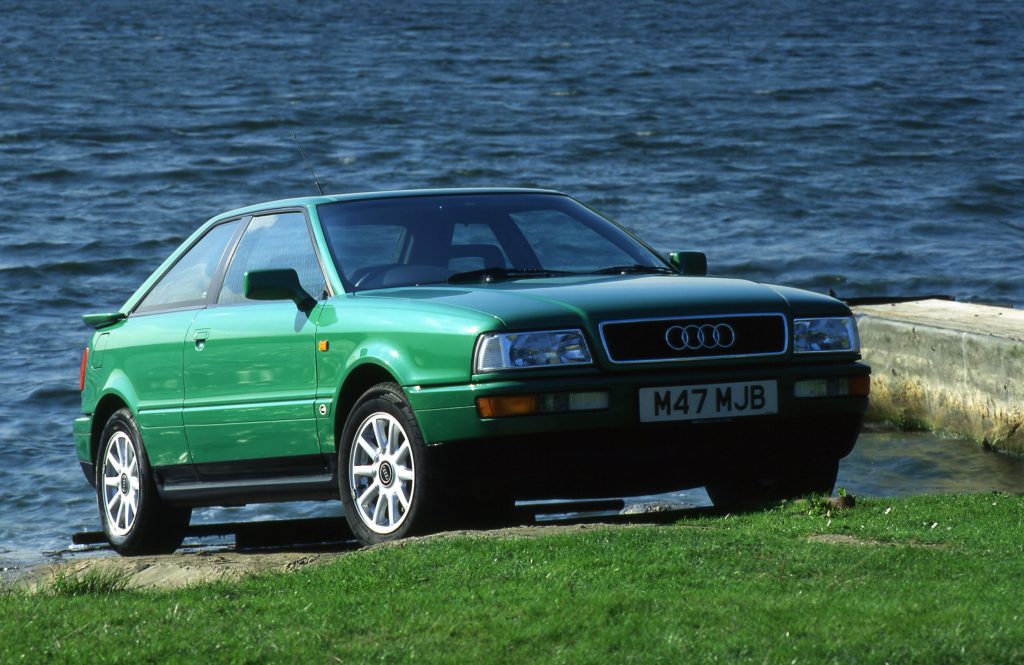
Audi Coupé
What is it? Technically a child of the 1980s, as the Audi Coupé arrived in 1988. But it hung around until 1996, leaving a coupé-shaped gap in Audi’s range until the seminal TT arrived in 1998. We’re going with gut feeling here though given this was the brand’s figurehead well into the 1990s.
Why was it great? Based on the 80 saloon, the Coupé gets immediate bonus points for offering four, five, and six-cylinder engines during its production run, the five cylinder also getting a turbocharged S2 variant with quattro four-wheel drive and 217bhp. What the S2 never quite did is top its legendary, rally homologation predecessor, either for impact or fun factor. Audi mostly traded fun-factor for stability and all-weather safety, and perhaps sitting between the urQuattro and designer’s-favourite TT is why the Coupé is often forgotten today.
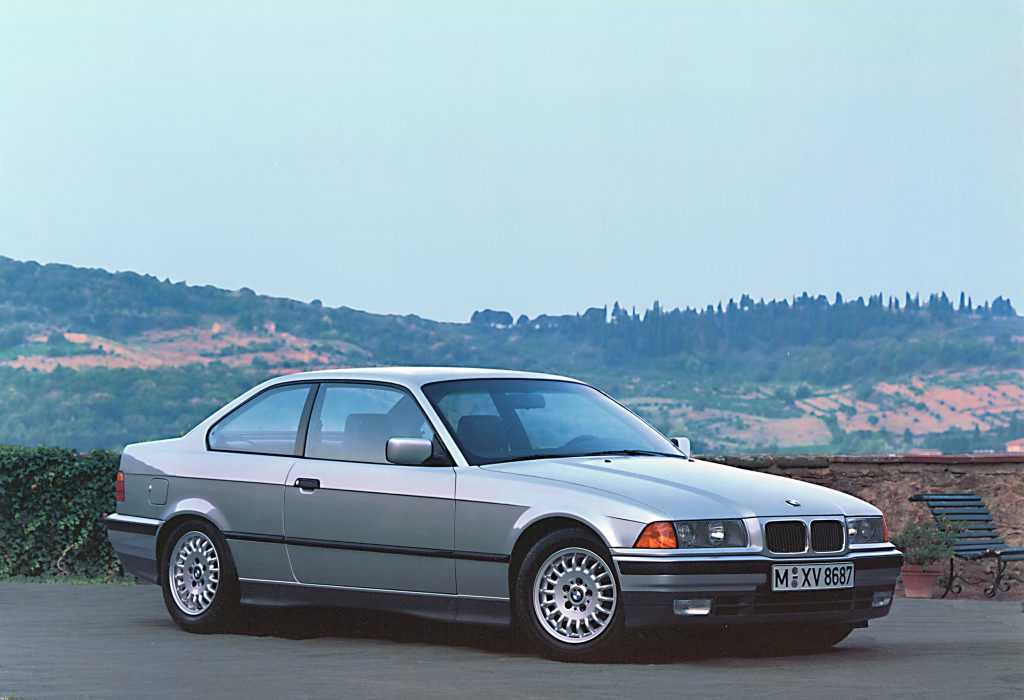
BMW 3 Series Coupé (E36)
What is it? Perhaps the best-looking version of arguably the definitive 3 Series shape. More sophisticated than its E30 predecessor, the E36 was one of those cars still winning group tests until it was replaced by the E46 in 1998, and is known, among other things, for being the generation when the M3 morphed from a raw homologation special into a capable do-anything performance car that could trouble a 911.
Why was it great? All the usual BMW virtues: front-engined, rear-drive, widely available with a manual gearbox, balanced handling, impeccable body control (at least by 1990s standards), handsome styling, and spectacular motorsport success: the E36 (in both coupé and saloon form) won 30 titles in the Super Touring era of tin-top racing (twice that of the Audi A4 Quattro), everywhere from Europe to Japan and Australia. Road-going models are just as good to drive, and just as easy to use daily, as they ever were.
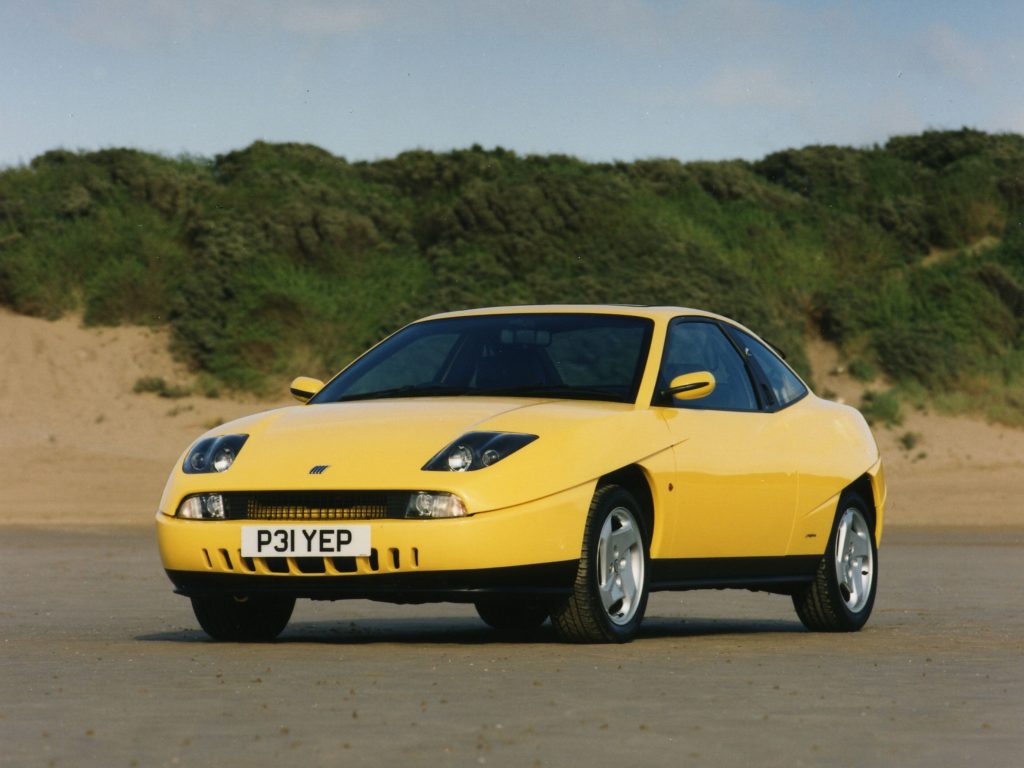
Fiat Coupé
What is it? The car that gave the Alfa GTV the hardest time in coupé comparison tests. The design was the work of one Christopher Bangle well before he got his hands on the keys to BMW’s design centre, and if not as dramatic as the GTV, it’s just as distinctive. Four- and five-cylinder engines provided the power.
Why was it great? The styling, mainly. While not as wedgy as a GTV it was even more beautifully detailed, from the gentle double-bubble curve of the headlights, to the Ferrari-style round tail lights, to the glorious aluminium flip-up fuel filler. Turbo versions were wickedly quick (early four-cylinders were more or less Delta Integrale engines, later fives were even more potent) and handling was entertaining, in a slightly scrappy way.

Ford Probe
What is it? In first-generation form, the Probe was the car that nearly replaced the Mustang. In second-gen form, launched in 1993 in the UK, it turned into a surprisingly pretty two-door liftback with available Mazda V6 power that reviewed better in its home market than it did in the UK; in Autocar’s 1993 comparison with six-cylinder versions of the Vauxhall Calibra and VW Corrado, it finished third.
Why was it great? The Probe fell short of greatness, though it’s arguably more appealing today than it was new. For a start, pop-up headlights. But it remains attractive, a typically Japanese (as well as the engine, the rest is basically Mazda MX-6 underneath) low scuttle, and grippy handling.
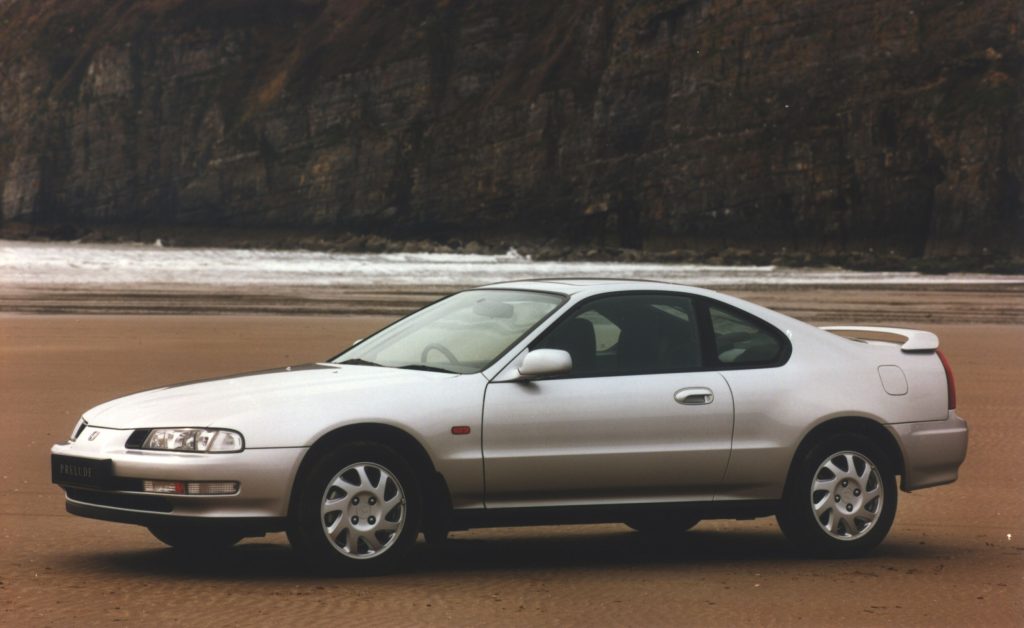
Honda Prelude (4th gen)
What is it? Honda’s core coupé model line since 1978. Three generations intersected with the 1990s, the third, fourth, and fifth, but it’s the middle of these that feels the most 1990s. The fourth-gen Prelude is actually a bit of an odd-one out in the lineage (until the upcoming hybrid, anyway), ditching most of the styling cues of the three models that preceded it, but grown-up performance and high technology were still key features.
Why was it great? A mix of Honda’s howling powertrains and sophisticated chassis tech made this the coupé to beat during the 1990s, until cars like the Fiat Coupé arrived with more flair. Top of the engine food chain was the 183bhp 2.2-liter ‘H22A’, which also came with the Prelude’s four-wheel steering party trick, this time electronically controlled in contrast to its mechanical predecessor. Fluorescent light tube gauges gave the cockpit a Starship Enterprise vibe, which reviewers seemed to hate at the time but is now an essential part of the car’s character.
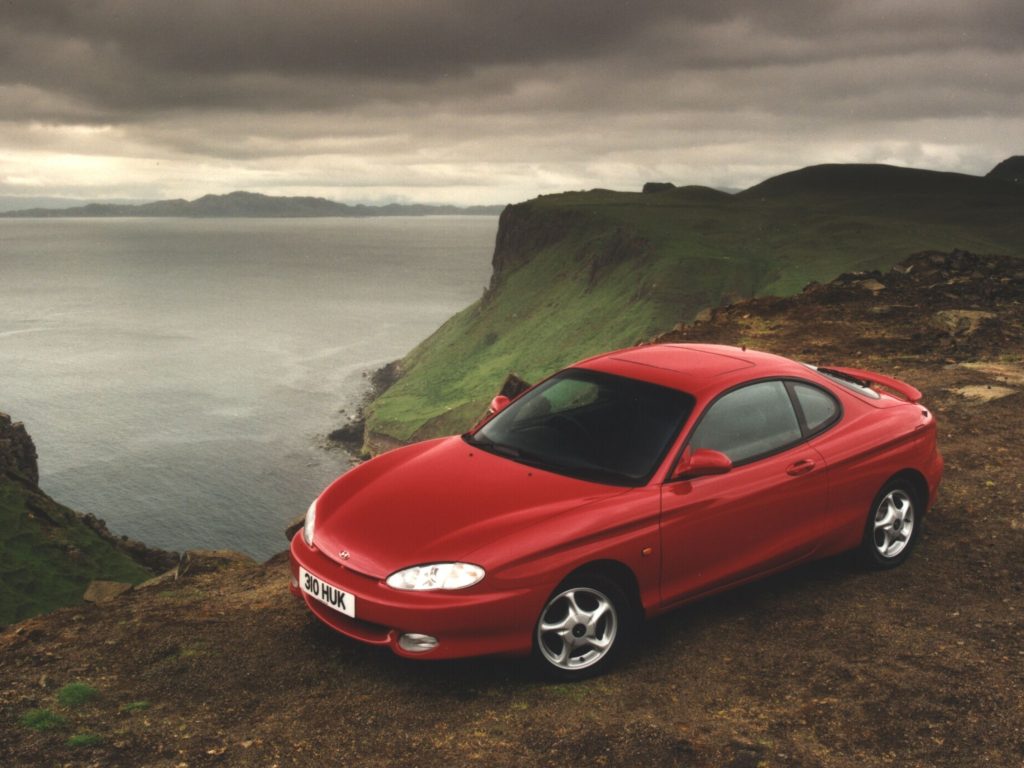
Hyundai Coupé
What is it? People wouldn’t blink at a sporty Hyundai today, but 1996’s not-so-imaginatively-named Coupé (it was called Tiburon overseas) seemingly came out of the blue. It replaced the bland and curiously-named Scoupe with a more sophisticated, Coke-bottle look tying it to the contemporary Elantra, and in the UK had 1.6 and 2.0-liter fours to pull its modest (1150-ish kilo) weight along.
Why was it great? Hyundai still enjoyed a healthy dose of public cynicism in the nineties, so simply by being better than expected, the Coupé was fondly received. The Korean company had turned to Porsche to refine the car’s chassis, and while it wasn’t exactly a front-drive Boxster, it handled neatly. Even more so in F2 and F2 Evolution form – a pair of special editions celebrating the maker’s involvement in F2 rallying; the Evolution was even breathed upon by Motor Sport Developments, which prepared the rally cars.

Mazda MX-6
What is it? Mazda’s midsize coupé, slotting in between the smaller MX-3 and the larger and much more serious RX-7. It used mainly 626 mechanicals, which meant, depending on the market, a choice of a 2-liter four-cylinder, or 2.0 and 2.5-liter V6s. Pretty styling fit right into the attractive 1990s Mazda range.
Why was it great? The MX-6 took more of a softly-softly approach to the ’90s coupé formula than the Prelude or Celica. The V6 engine majored on refinement and tractability – it could happily, if not especially briskly, pull from idle in top gear without protesting – but the handling was just involving and agile enough (four-wheel steering was an option in some markets) to hold its own.
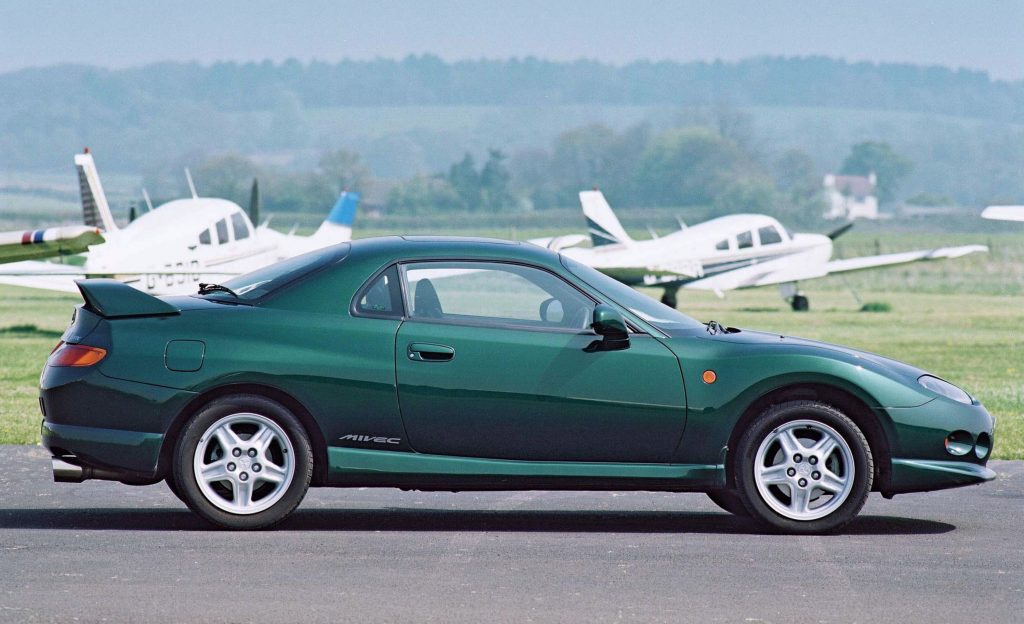
Mitsubishi FTO
What is it? Japan’s car of the year in 1994. Also, a compact two-door coupé, mostly powered by transversely-mounted V6 engines driving the front wheels. The UK was one of only a handful of markets outside Japan to get official imports of the FTO, though hundreds more came in as grey imports during the 1990s boom.
Why was it great? In its most potent GPX and GP Version R forms, the FTO is one of only a handful of 90s sports coupés serious enough to lay a finger on the Integra Type R’s driving experience. With 197bhp it had the measure of the Honda’s performance, and a V6 exhaust note and chassis upgrades to go with it. Unfortunately, FTOs seem to attract the tasteless modification crowd more than almost any other car from the period, and most have been thrashed, crashed, or “upgraded” to death by now.
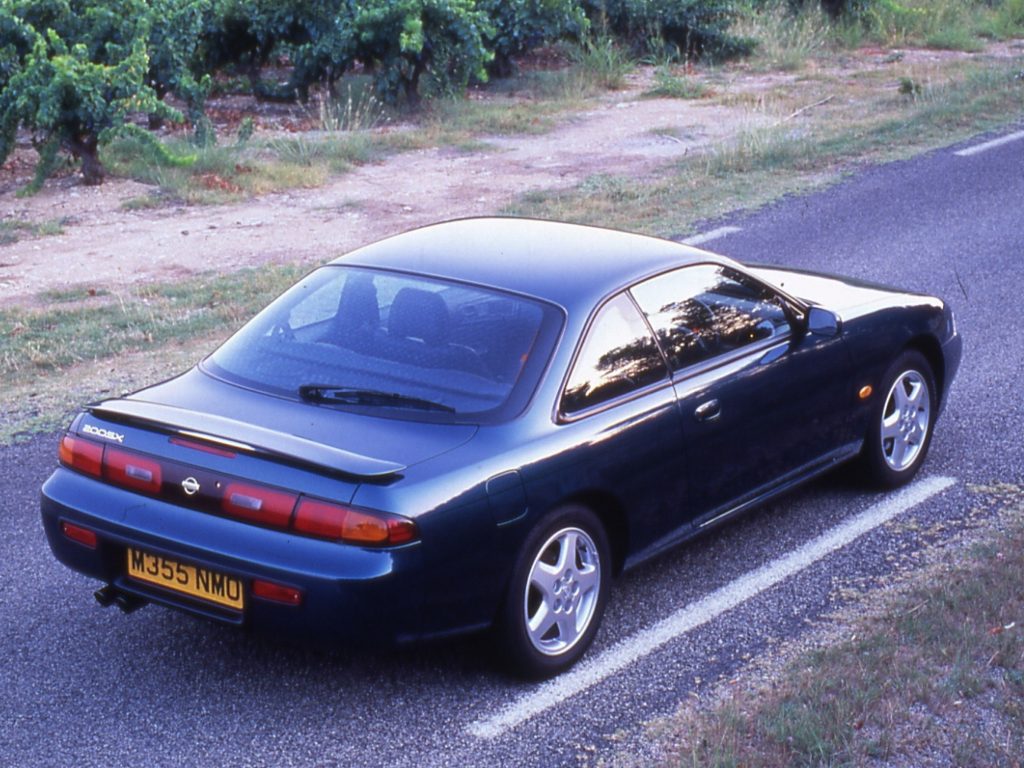
Nissan 200SX (S14)
What is it? Today you’re lucky to find an S14-generation Nissan 200SX that hasn’t spent the last 15 years ricocheting between concrete walls at your local drift track, but in period it was a mainstay of the coupé sector, and already one of only a handful to resist the push towards front-wheel drive, an immediate selling point both in period, and today.
Why was it great? Rear-drive handling, mostly. Plus styling that looks better today, simple and well-proportioned, than it did 30-odd years ago, when it perhaps seemed a little bland alongside Preludes and Celicas. UK models got the legendary SR20DET four-cylinder turbocharged engine, which with 217bhp was really the only car in the class able to compete with the rapid Fiat Coupé for straight-line pace. 1996-on cars look a little sharper.
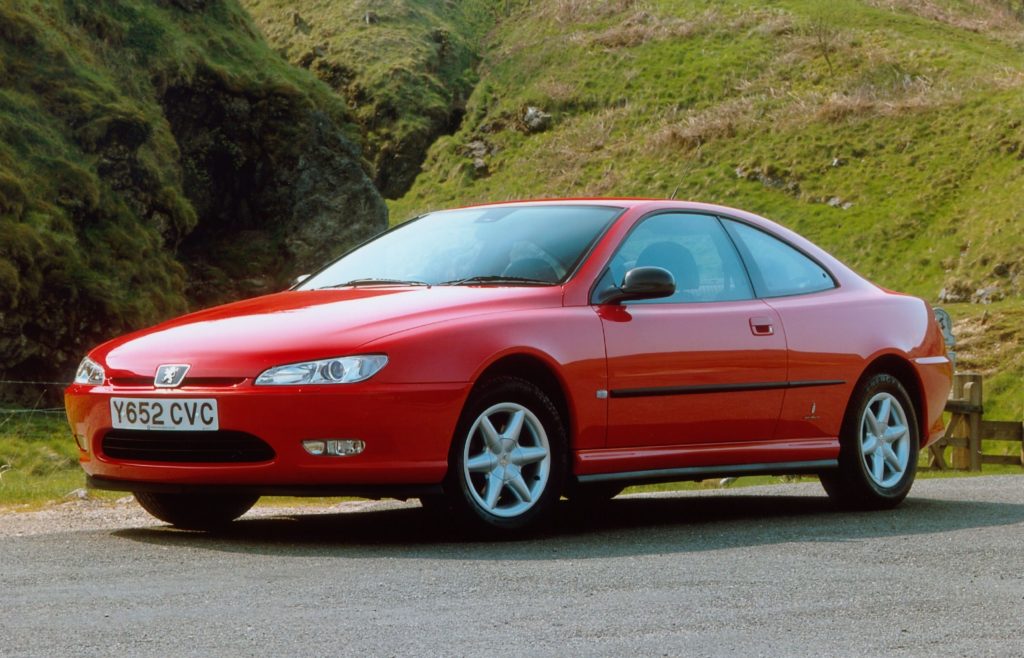
Peugeot 406 Coupe
What is it? Another genuinely arresting Pininfarina coupé, this time based on Peugeot’s already pretty 406 saloon. Early commentators likened it to the Ferrari 456; harder to see today, but a mark of how highly regarded it was. Interiors were basically lifted from the 406 saloon, but the Coupé had the kudos of being built at Pininfarina too.
Why was it great? It’s the perfect illustration of why people loved coupés in the 1990s: it took familiar mechanicals and wrapped them up in a shape that made you feel a million dollars. The 2-litre petrol and 2.2 diesel were forgettable but the V6 sounded great and got sharper handling to go with the extra performance, so the 406 Coupé was more than just a pretty face (and a pretty rump, helped by vestigial buttresses alongside the rear window).
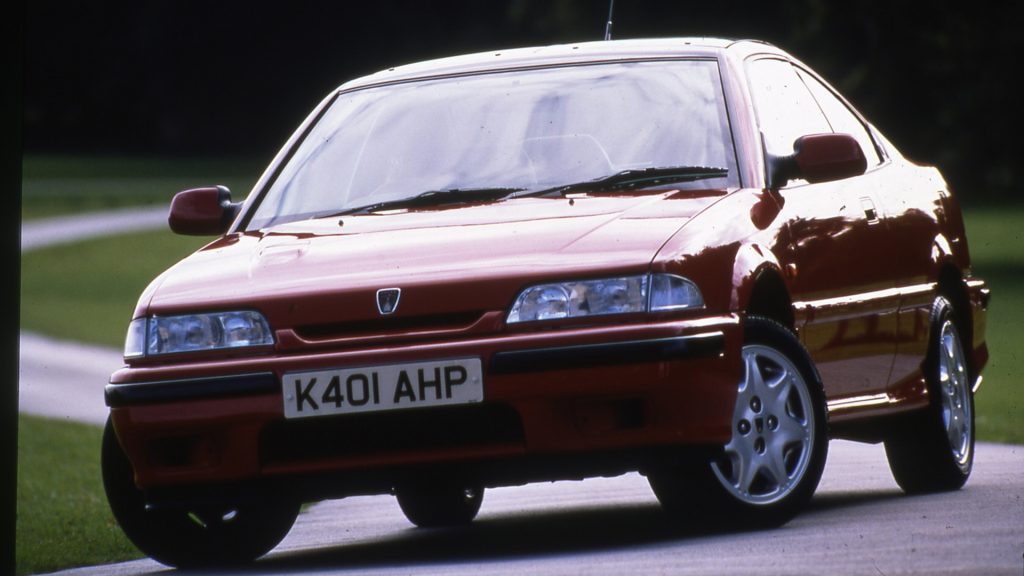
Rover 200 Coupé
What is it? Not even Rover could be without a mid-size coupé in the 1990s. Often called the ‘Tomcat’, the car’s name during development, it was like other ‘R8’ generation Rover 200s related to the Honda Concerto, though as Honda had its own coupé already in the form of the Civic, the Tomcat was all Rover’s own work. 1.6-litre versions had Honda power, 2.0-litre models (and Turbos) were Rover-engined.
Why was it great? It depends who you ask. The 200 Coupé looked smart and handled neatly, right up until you sent too much power to the front wheels, such as in the 197bhp Turbo. It was a fab engine in search of much better chassis control. A 1996 facelift swapped in the later 200’s dashboard and brought 1.8-litre VVC K-series power, but by then it was getting on a bit and had much tougher rivals than at launch.

Toyota Celica (T200)
What is it? Another Japanese coupé with a long heritage, this time stretching back to 1970. And another where three generations spanned the 1990s – the ‘T180’ with its pop-up headlights, the four-headlight ‘T200’, and just before the decade was out, the lightweight and sharply-styled ‘T230’. We’re focusing on the T200 here, offered as a liftback coupé in the UK, and in GT-Four form, is known as one of the great racing car cheaters, after getting kicked out of the WRC for turbo trickery.
Why was it great? Celica model lines came thick and fast in the 1980s and 90s, with refinements at every step. There was some Supra in the T200’s stocky lines, while the four headlight front gave it a characterful face at a time when most manufacturers were still sticking with oblong lights and traditional grilles. Handling is agile and like most Toyotas, it was built to last. The 1.8 and 2.0-litre engines weren’t exactly powerhouses, but the 239bhp output of the GT-Four was much more like it.
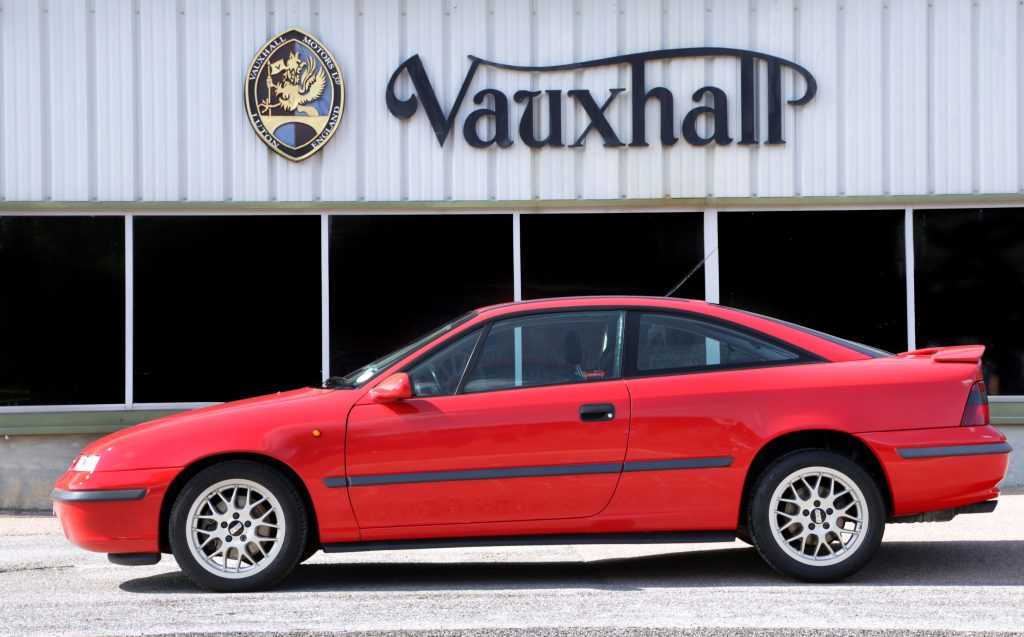
Vauxhall Calibra
What is it? Arguably one of the best-looking coupés of the 1990s, and certainly one of the most aerodynamic – though the headline drag coefficient of 0.26 only applied to the base-spec models with wheel trims, and bodywork unsullied by spoilers, deep bumpers and fat tyres.
Why was it great? Most coupés are based on much more prosaic family cars, and in the Calibra’s case, it was the Opel Vectra A, or third-gen Vauxhall Cavalier. The Calibra’s dart-like styling meant you couldn’t tell, at least until you climbed inside and saw the Cavalier dash, or drove it and experienced the Cavalier handling. Not one of the great 1990s coupé driving experiences, but at least 50 per cent of the coupé experience is how it looks, and the Calibra nailed the aesthetics.
What’s your favourite 1990s coupé? Let us know in the comments below.


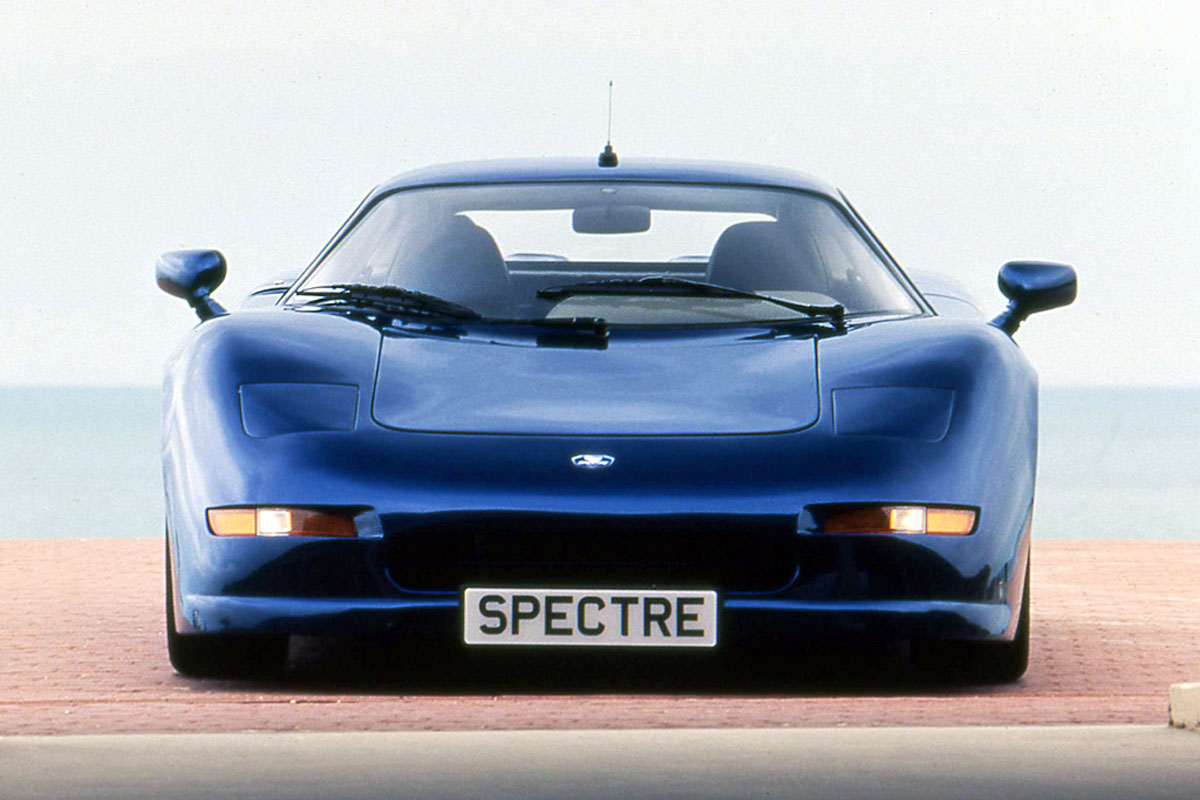
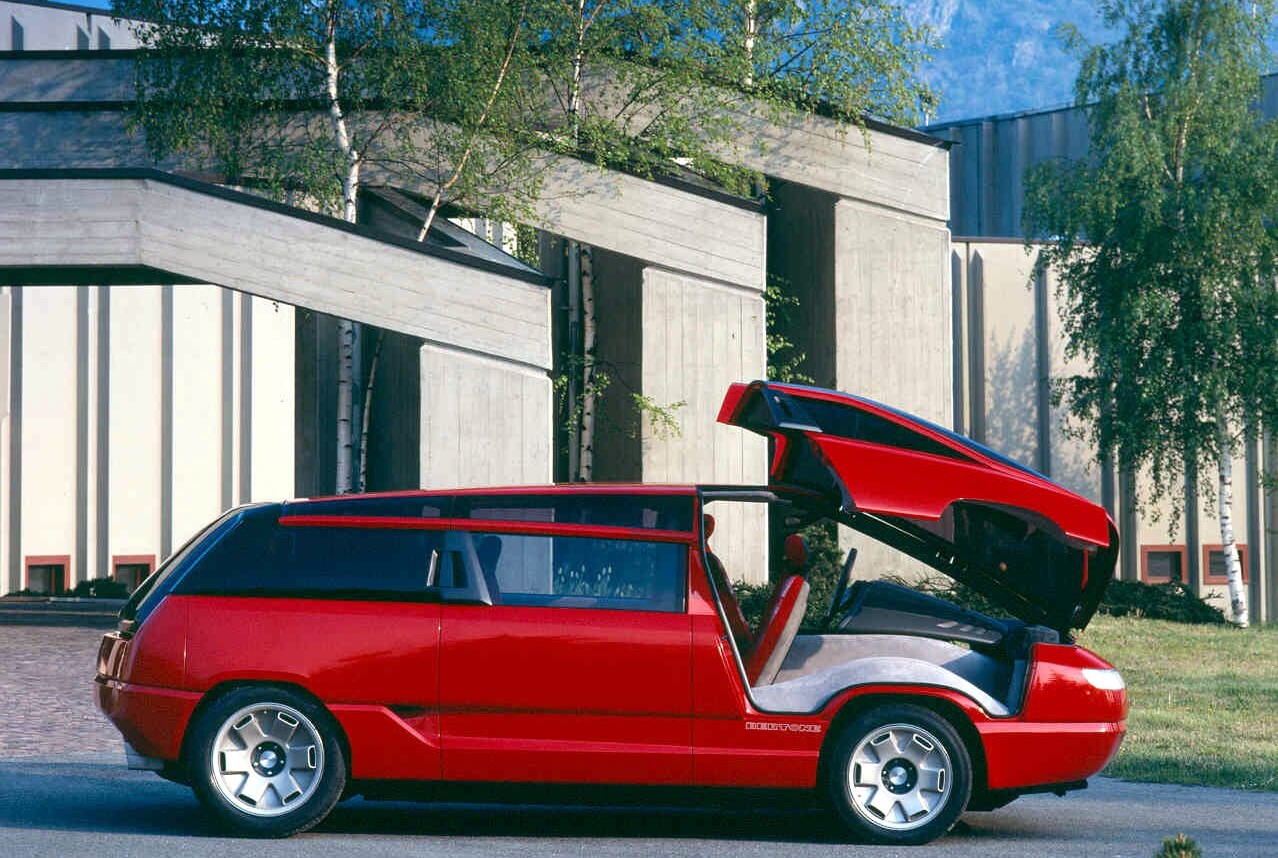

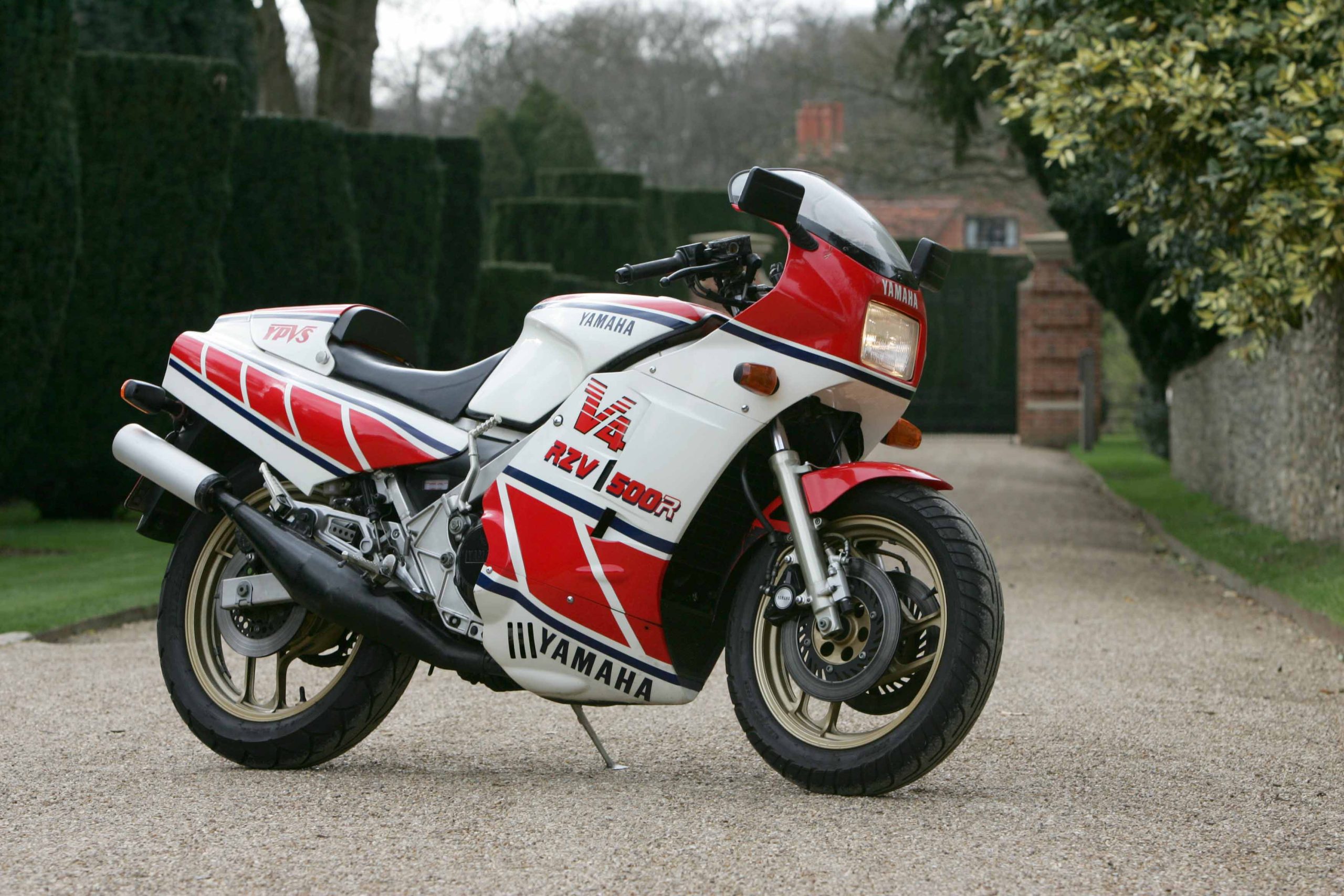


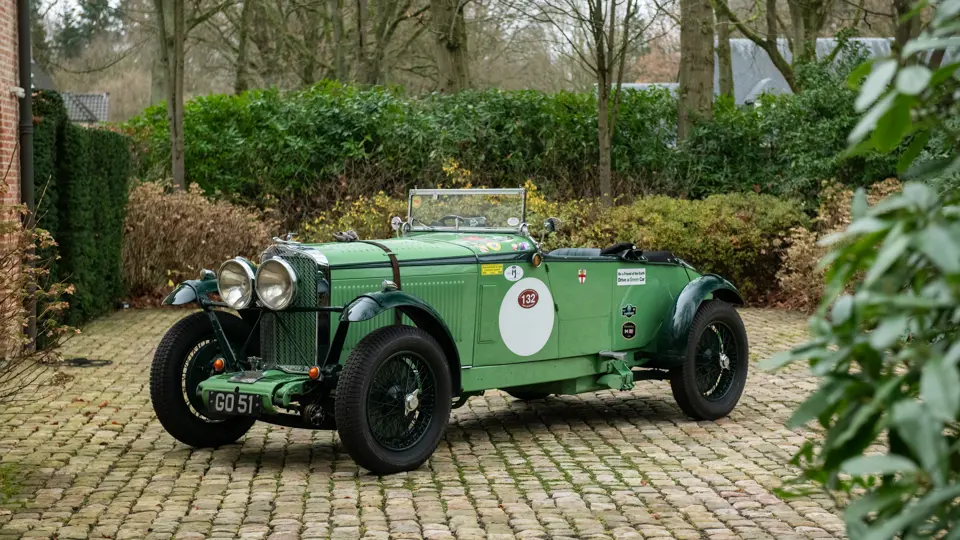
Volvo C70 GT in Saffron pearl
I’m disappointed that it’s not even on the list
Honda Integra Type R is conspicuous by it’s absence from this list! Indeed, it even gets a mention in the write up of the Mitz FTO, but Hagerty, this machine needs to be here (I actually own one!) One of the most outtanding handling FWD coupes!